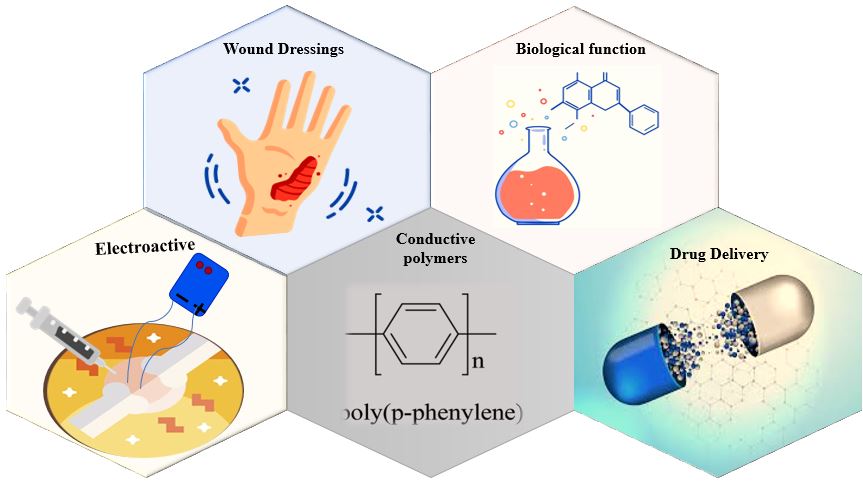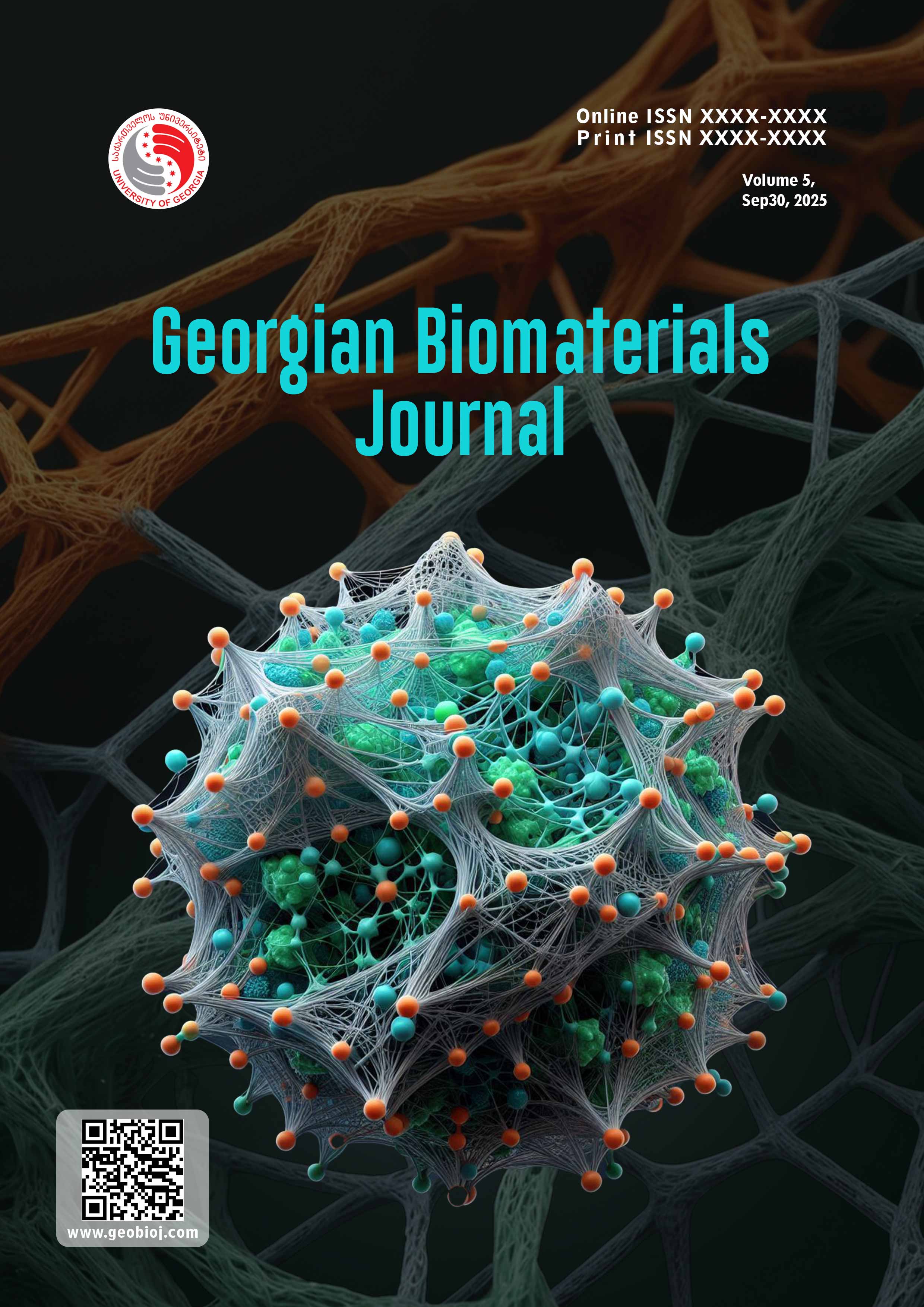Exploring Conductive Polymers in Biomaterials for Electroactive Wound Dressings and Controlled Drug Release
Keywords:
Conductive Polymers, Biomaterials, Electroactive, Wound Dressings, Drug DeliveryAbstract
This study examines how conductive polymers integrated into biomaterials can create electroactive wound dressings and systems for controlled drug delivery. These polymers, with electrical conductivity similar to human skin and possessing antioxidant and antibacterial qualities, promote better wound healing through electrical stimulation and targeted drug release. Different fabrication techniques lead to various structures like films, nanofibers, hydrogels, and foams, all of which support cell growth and tissue repair. Their electroactive properties enable electrically controlled therapeutic agent release, enhancing treatments for acute, chronic, infected, and diabetic wounds. Additionally, this technology allows for real-time wound monitoring and responsive therapy, tackling current wound care challenges. The review covers recent developments, mechanisms, and future outlooks for multifunctional conductive biomaterials used in skin tissue engineering and regenerative medicine.





